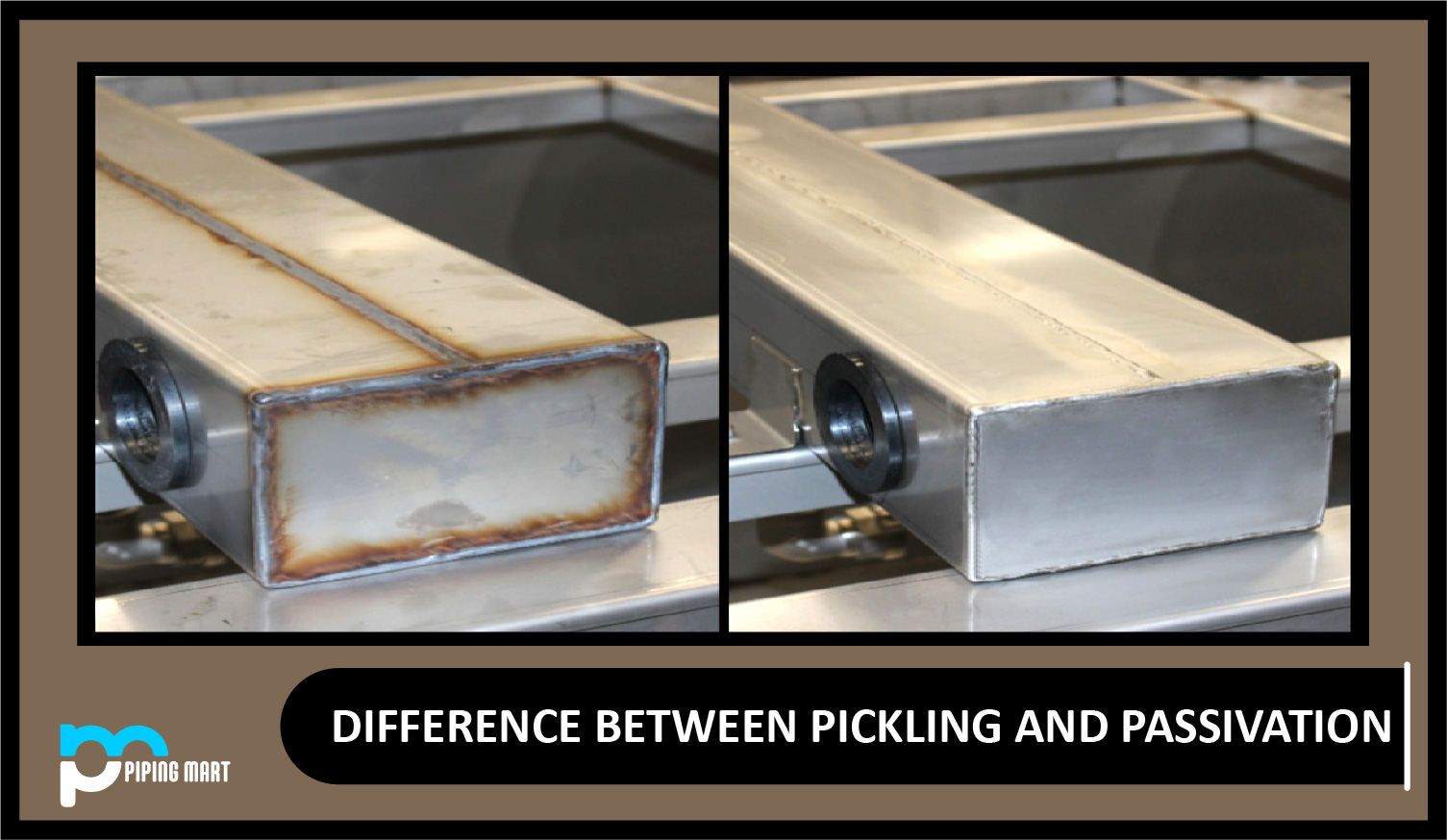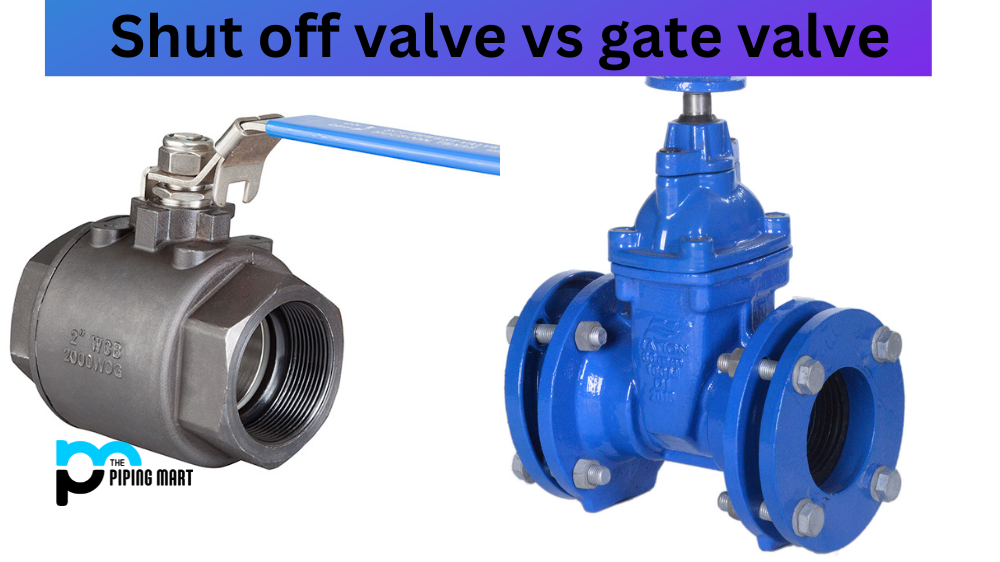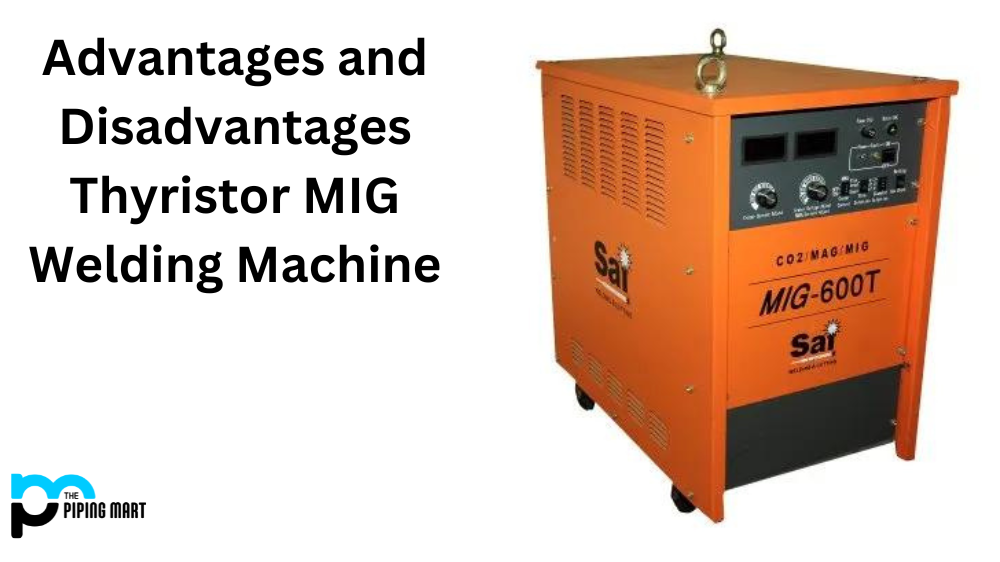What is pickling?
Pickling is the process of treating metal surfaces to clear them of any impurities. Inorganic pollutants, rust, scale, stain, and more are examples of impurities. The metals we use for this procedure include copper, valuable metals like silver, alloys of aluminium, iron and its alloys, and precious metals like gold.
Pickle liquor is the chemical agent that we use in this operation. Acids are typically present; strong acids like sulfuric acid and HCl are frequent. There are also some more substances in it. Wetting agents, corrosion inhibitors, etc. are a few examples. In the steelmaking process, this pickling procedure is frequently used to clean steel surfaces. This procedure is necessary to get rid of contaminants on the metal surface that could interfere with future metal processing, such plating and painting. Descaling is a crucial stage in this procedure. On the surface of the metal, numerous hot working activities leave a discoloring oxide layer (scale). By dipping into a vat of pickle liquor, we can remove this scale layer.
What is passivation
The process of making a material “passive” to corrosion is called passivation. In other words, it prevents corrosion on a metal surface. A metal is less susceptible to environmental influences after passivation. With this method, a shield material is formed as an exterior layer. It may be used as a micro coating. We can use a chemical reaction or a spontaneous reaction to apply this covering (we can keep the metal in the air for oxidation). Furthermore, only specific circumstances lead to metal passivation. Maintaining the metal’s look is quite beneficial.
Difference between pickling and passivation
- Pickling is a method of cleaning metal surfaces to get rid of any impurities. Pickle liquor can be used for this. The result is that it protects a metal surface from contaminants. Making a material “passive” to corrosion is done through the process of passivation, which means adding an oxide coating to the metals’ surfaces.
- While pickling works best for metals that already have existing oxides, heat tint, and weld discolouration, passivation drives up the creation of the oxide layer that provides stainless steel’s surface its corrosion resistance attributes. Additionally, the metal must first be clean and free of grease and oils for the pickling to be effective.
- Pickling uses chemical solutions that are far more abrasive than passivating stainless steel does with acids. It uses nitric and hydrofluoric acid mixes for pickling. Nitric acid or citric acid are the acids utilised in passivation.
- The metal surface changes more as a result of the pickling process. Pickling can remove surface rust and the discolouration left behind after metal was welded. Passivation usually doesn’t penetrate below the metal’s surface. The characteristics of the metal are not also altered.
- During the pickling procedure, a thin coating of metal was removed from the surface. Acid-based passivation does not remove any metal from the surface.
- Pickling eliminates weld scale, heat tint, and surface iron contamination. The result of chemical micro-etching after pickling is a dull, matt, uniform gray surface on the metal. Contrarily, only free iron contamination from the stainless steel surface is removed by passivation.
Advantages of pickling and passivation
- removes any remaining contaminants from the metal being produced
- safeguards against contaminants penetrating the metal and eventually causing rust and damage
- ensures that the metal’s surface is flawless and smooth.
- increases the metals’ durability
When exposed to regular air, metals are frequently very reactive. There are two methods we can use to safeguard the metal surface: pickling and passivation. Pickling and passivation are different processes because passivation protects a metal surface from corrosion whereas pickling is used to eliminate contaminants from a metal surface.

Pipingmart is B2B portal specializes in industrial, metal and piping products. Also, share latest information and news related to products, materials and different types grades to help business dealing in this industry.




